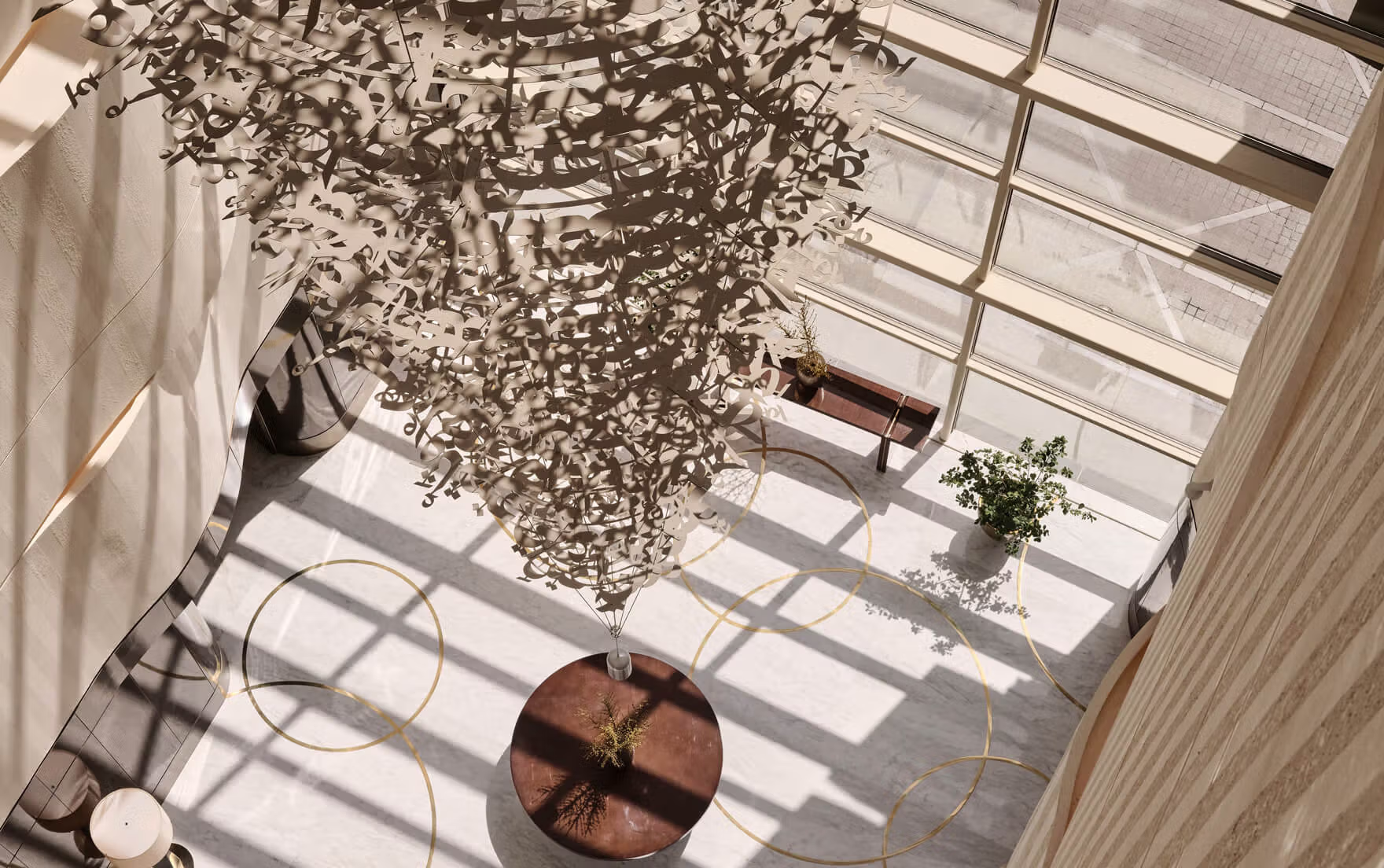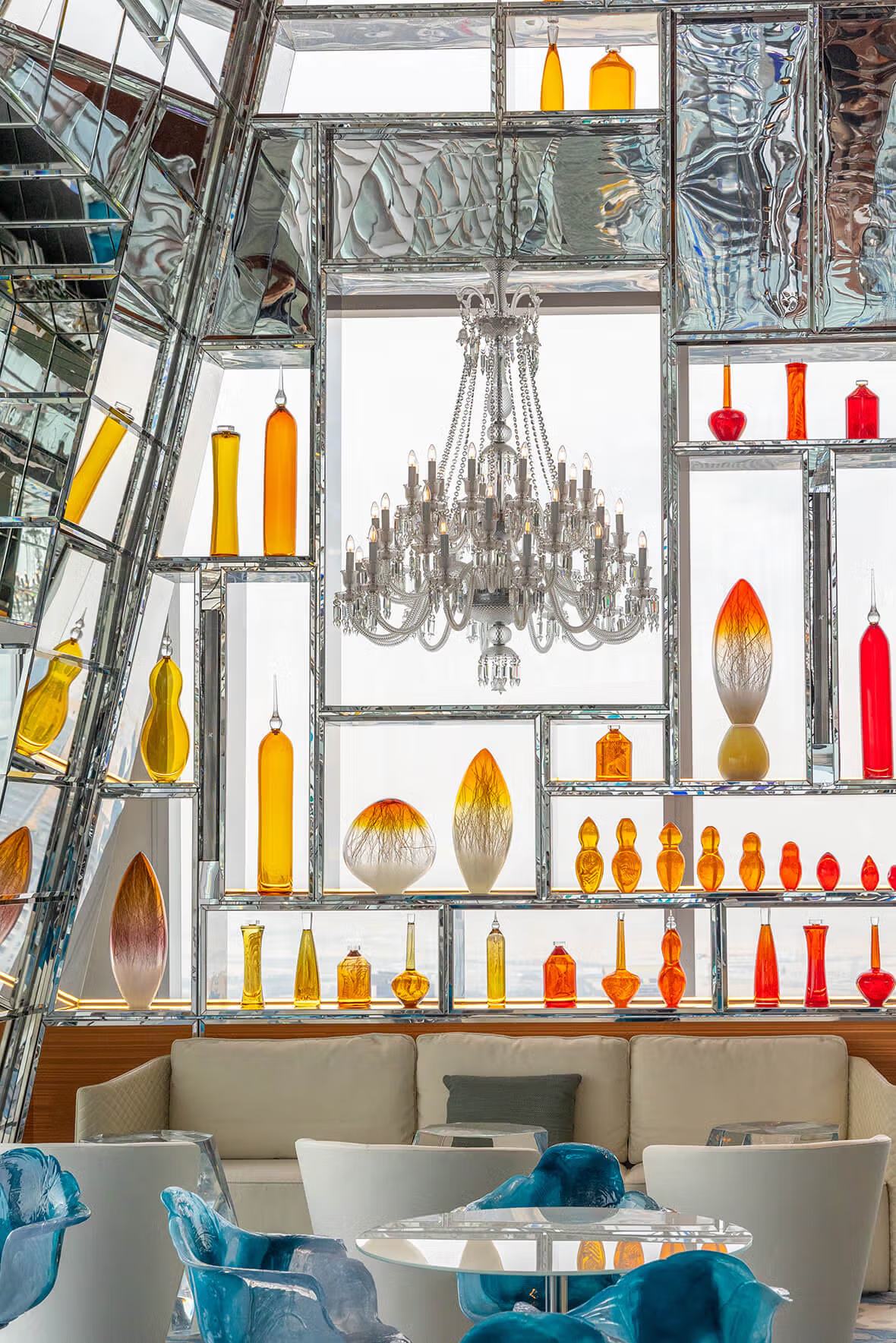Broadening the Lens: The Role of International Artists in Telling Local Stories
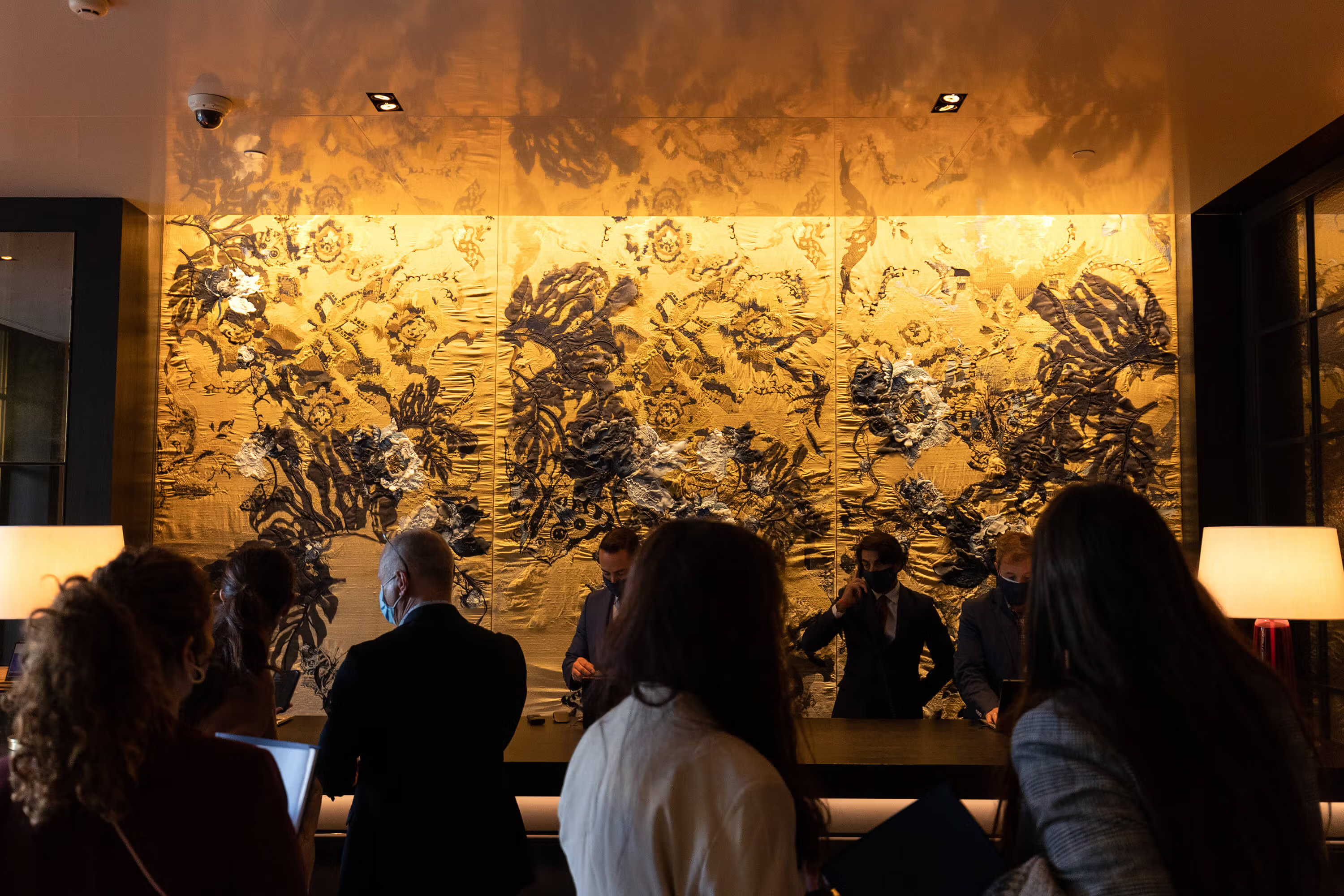

Written By Tal Danai, ArtLink Founder & Creative Director
In the hospitality world, there is a common assumption that the most authentic cultural expression will always come from local artists. It is an understandable instinct. Hoteliers want their guests to feel rooted in the culture of a place, and commissioning local creators seems like the obvious pathway.
But in practice, it is more nuanced.
Art Is Not Bound to Geography
A local artist may choose not to work with local themes or techniques at all, while an international artist may form a deep and insightful connection to the culture of a place. Art history is filled with examples of cultural interpretation across borders. Gauguin brought his vision of Tahiti to European audiences. Rousseau imagined jungle landscapes far from France. Turner recorded his impressions of Egypt. Delacroix depicted the people and settings of North Africa and the Near East. Artists have always helped shape how their audiences understood cultures beyond their own, shaping how others understand those places.
In hospitality, this dynamic becomes even more relevant. A hotel art collection is a one-time project with strict timelines and budgets. If we rely only on the local artists who happen to be available during the development window, we risk capturing only a thin slice of the cultural output of the place — a snapshot, not the full picture.
At ArtLink, we work with a broader lens. To truly reflect a culture, we work with local artists and artisans to surface deeper threads, not just current trends. We include artists who were born there but left and now look back at their culture with distance and clarity. We invite artists from elsewhere who have been influenced by the place and engage with it in ways that often mirror how future guests will encounter it. Bringing these perspectives together allows us to create a fuller expression of a culture, one that is layered, dynamic, and genuine.
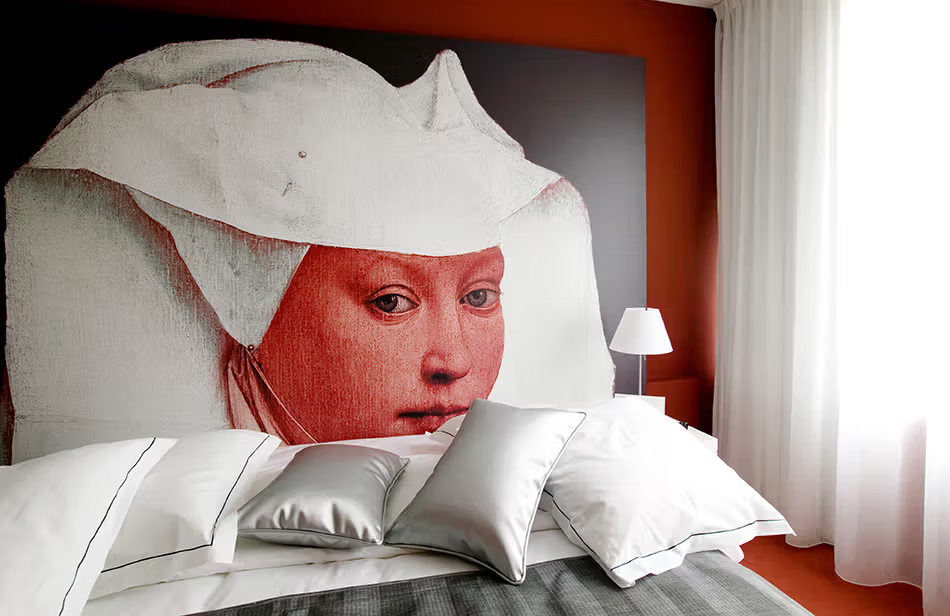
For the Tryp by Wyndham Antwerp, our designers collaborated with international creatives to reinterpret historic Flemish paintings as modern duo-tone headboards. Though created by designers from abroad, the artwork pays homage to Belgium’s artistic legacy with bold, contemporary relevance.

For the Tryp by Wyndham Antwerp, our designers collaborated with international creatives to reinterpret historic Flemish paintings as modern duo-tone headboards. Though created by designers from abroad, the artwork pays homage to Belgium’s artistic legacy with bold, contemporary relevance.
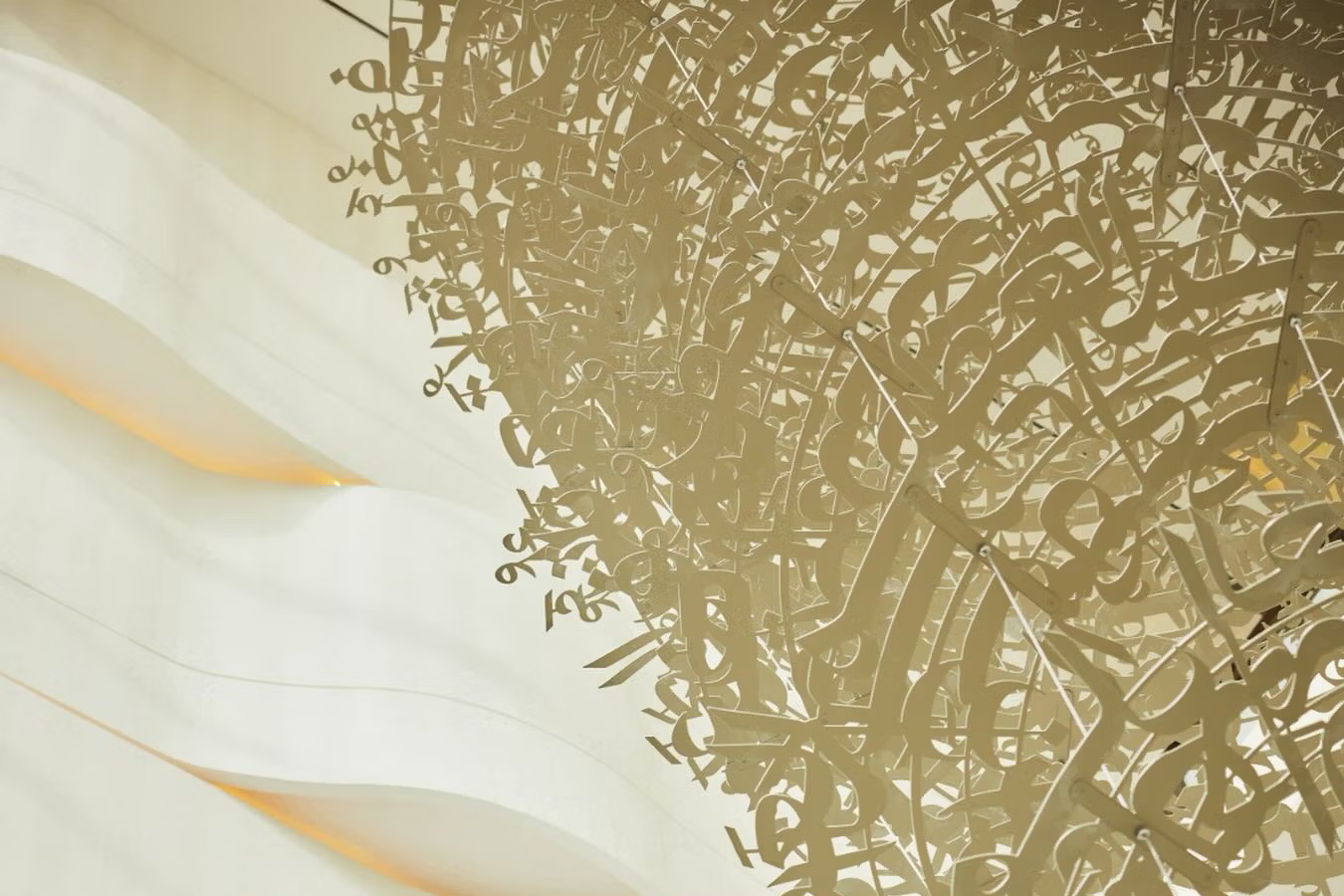
At the Mandarin Oriental Al Faisaliah Riyadh, ArtLink oversaw suspended sculptures that honour the region’s calligraphic tradition, with this one incorporating verses by a renowned Saudi poet. Though designed by an international artist, the result is deeply rooted in Saudi cultural heritage.

At the Mandarin Oriental Al Faisaliah Riyadh, ArtLink oversaw suspended sculptures that honour the region’s calligraphic tradition, with this one incorporating verses by a renowned Saudi poet. Though designed by an international artist, the result is deeply rooted in Saudi cultural heritage.
Hotel Art Programs Are One-Time Projects with Limits
In hospitality, this dynamic becomes even more relevant. A hotel art collection is a one-time project with strict timelines and budgets. If we rely only on the local artists who happen to be available during the development window, we risk capturing only a thin slice of the cultural output of the place — a snapshot, not the full picture.
Every hotel project has its constraints. To reflect a culture authentically, you need more than just what is immediately available. Limiting the pool of artists risks producing work that is narrowly representative and misses the deeper layers of a place’s heritage.
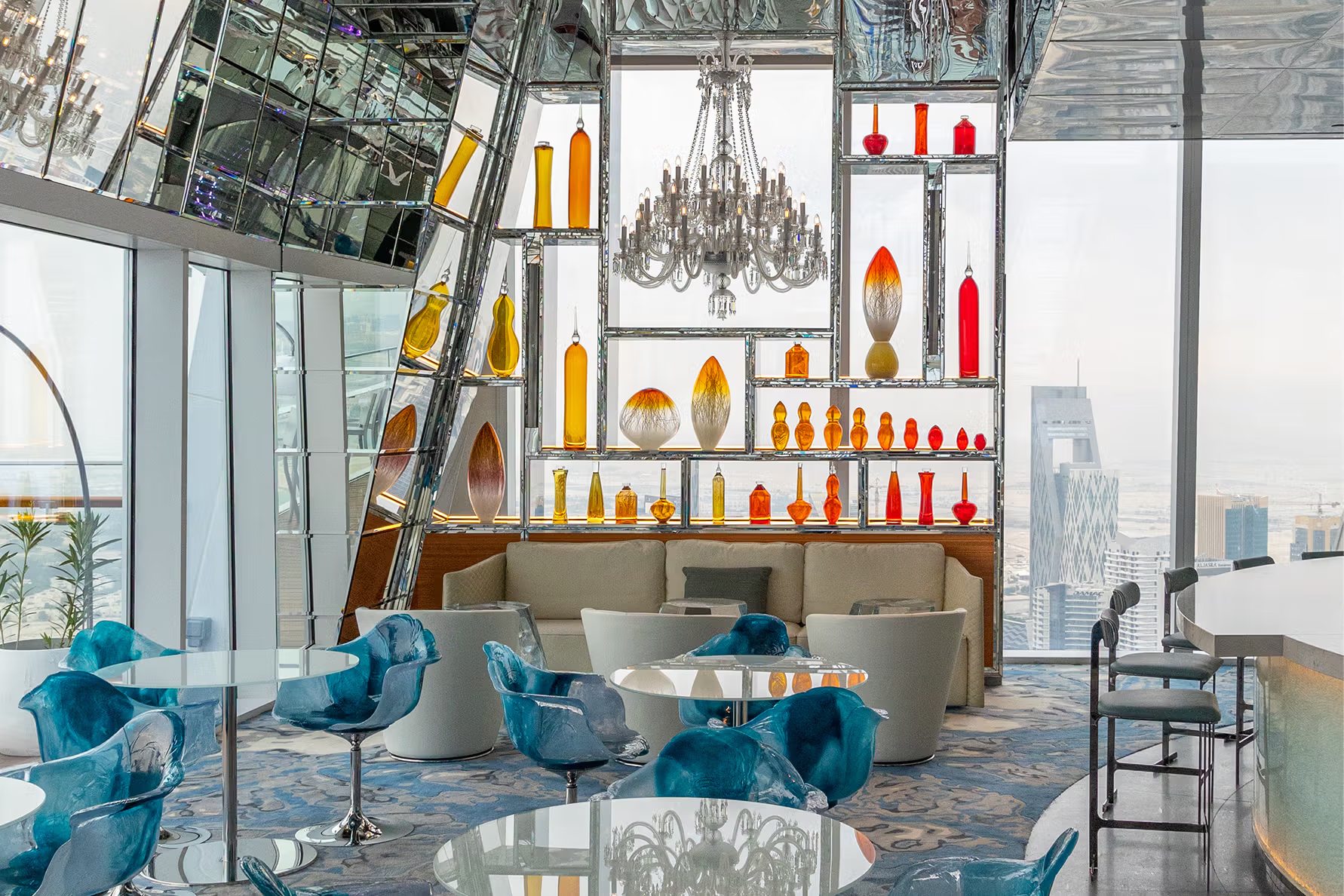
For the Fairmont Doha, a dual fire-and-ice installation uses sand sourced from the Qatari desert and forms inspired by Qatar’s architecture and decor. This interpretation merges local materiality with both a local and international design language.

For the Fairmont Doha, a dual fire-and-ice installation uses sand sourced from the Qatari desert and forms inspired by Qatar’s architecture and decor. This interpretation merges local materiality with both a local and international design language.
Broader Perspectives Reveal Depth
At ArtLink, we work with a broader lens. To truly reflect a culture, we work with local artists and artisans to surface deeper threads, not just current trends. We include artists who were born there but left and now look back at their culture with distance and clarity. We invite artists from elsewhere who have been influenced by the place and engage with it in ways that often mirror how future guests will encounter it. Bringing these perspectives together allows us to create a fuller expression of a culture, one that is layered, dynamic, and genuine.
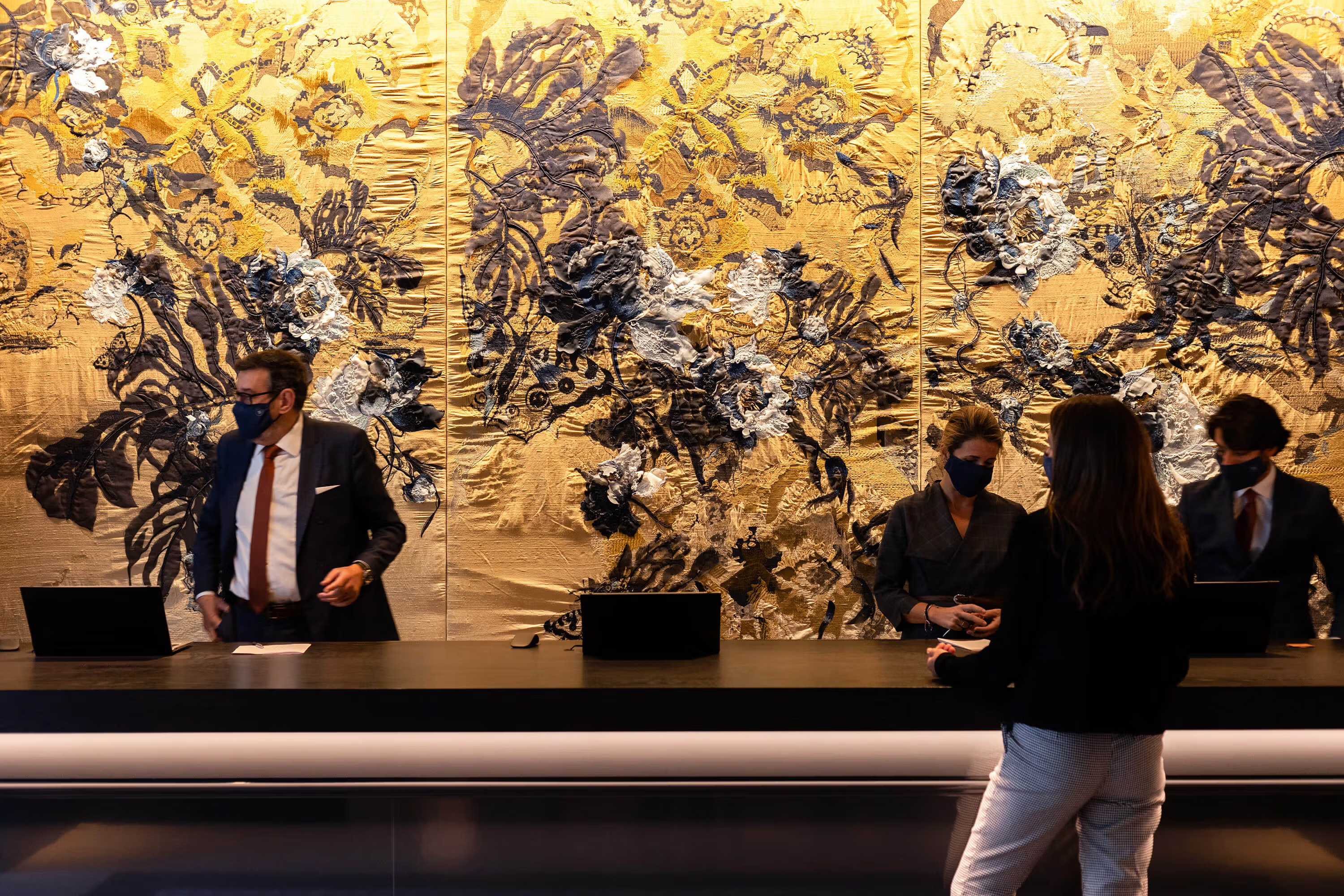
At the Rosewood Villa Magna Madrid, a bespoke embroidered tableau draws from Spanish tailoring traditions, court painting, and Madrilenian aesthetics. The artist’s international perspective enabled a fresh, intricate expression of the city’s historical craftsmanship.

At the Rosewood Villa Magna Madrid, a bespoke embroidered tableau draws from Spanish tailoring traditions, court painting, and Madrilenian aesthetics. The artist’s international perspective enabled a fresh, intricate expression of the city’s historical craftsmanship.
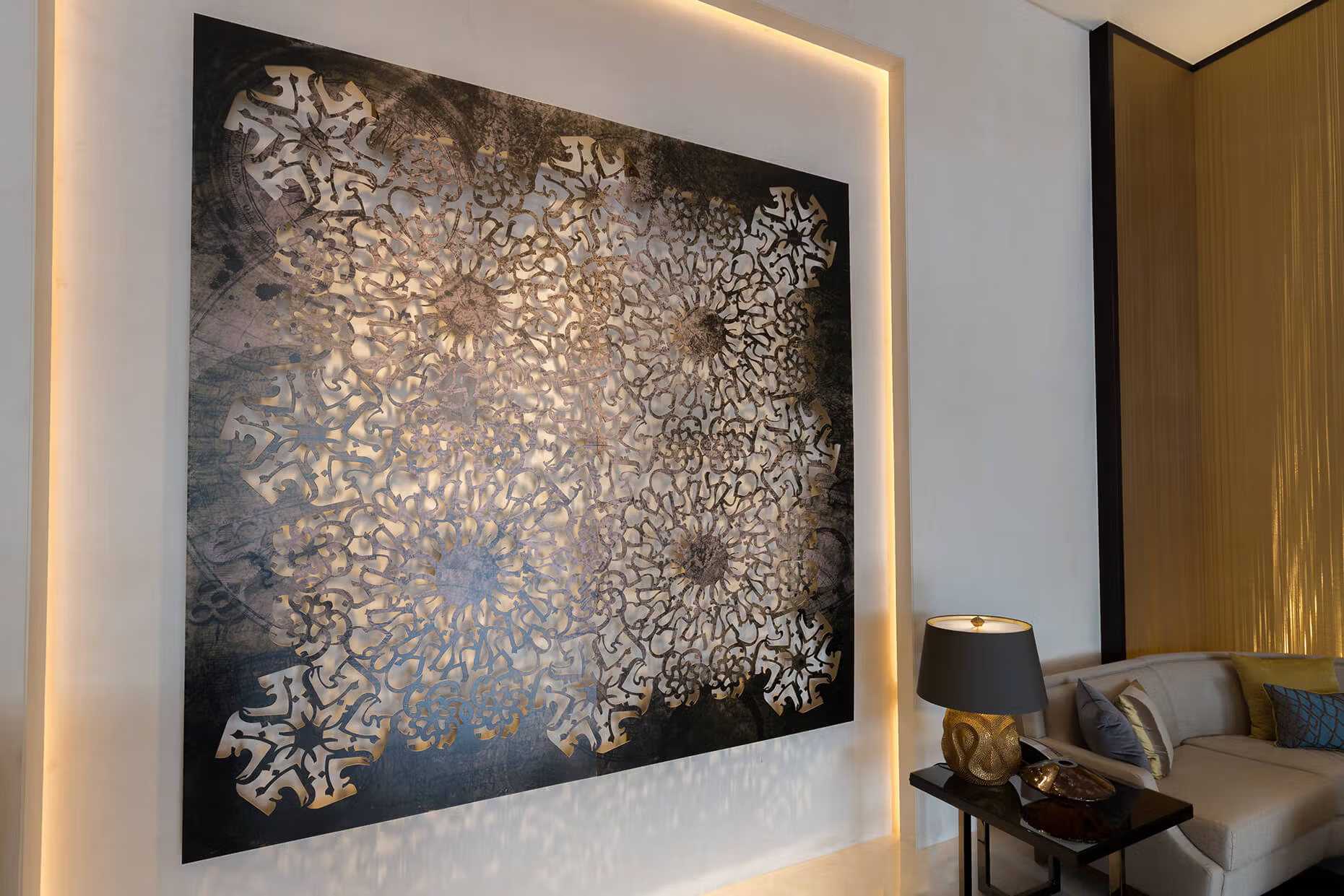
For the Four Seasons DIFC Dubai, this wall sculpture was inspired by the traditional Mashrabiya, the projecting lattice windows of Arabic architecture. It layers Arabic letters from a local pearl diver’s sea shanty over 19th-century Gulf maps. Using laser cutting instead of hand carving, the international artist transforms this centuries-old technique into a contemporary work that bridges history, craft, and cultural storytelling.

For the Four Seasons DIFC Dubai, this wall sculpture was inspired by the traditional Mashrabiya, the projecting lattice windows of Arabic architecture. It layers Arabic letters from a local pearl diver’s sea shanty over 19th-century Gulf maps. Using laser cutting instead of hand carving, the international artist transforms this centuries-old technique into a contemporary work that bridges history, craft, and cultural storytelling.
A Fuller, More Genuine Expression of Culture
Culture is not static, and it is not confined to place or time. It lives in memory, migration, influence, interpretation, and exchange.
When we curate hotel collections and commission site-specific art installations, our goal is to reflect this dynamic reality. By blending local voices with international viewpoints, we create art programs that are richer, more layered, and more reflective of the many ways people experience culture.
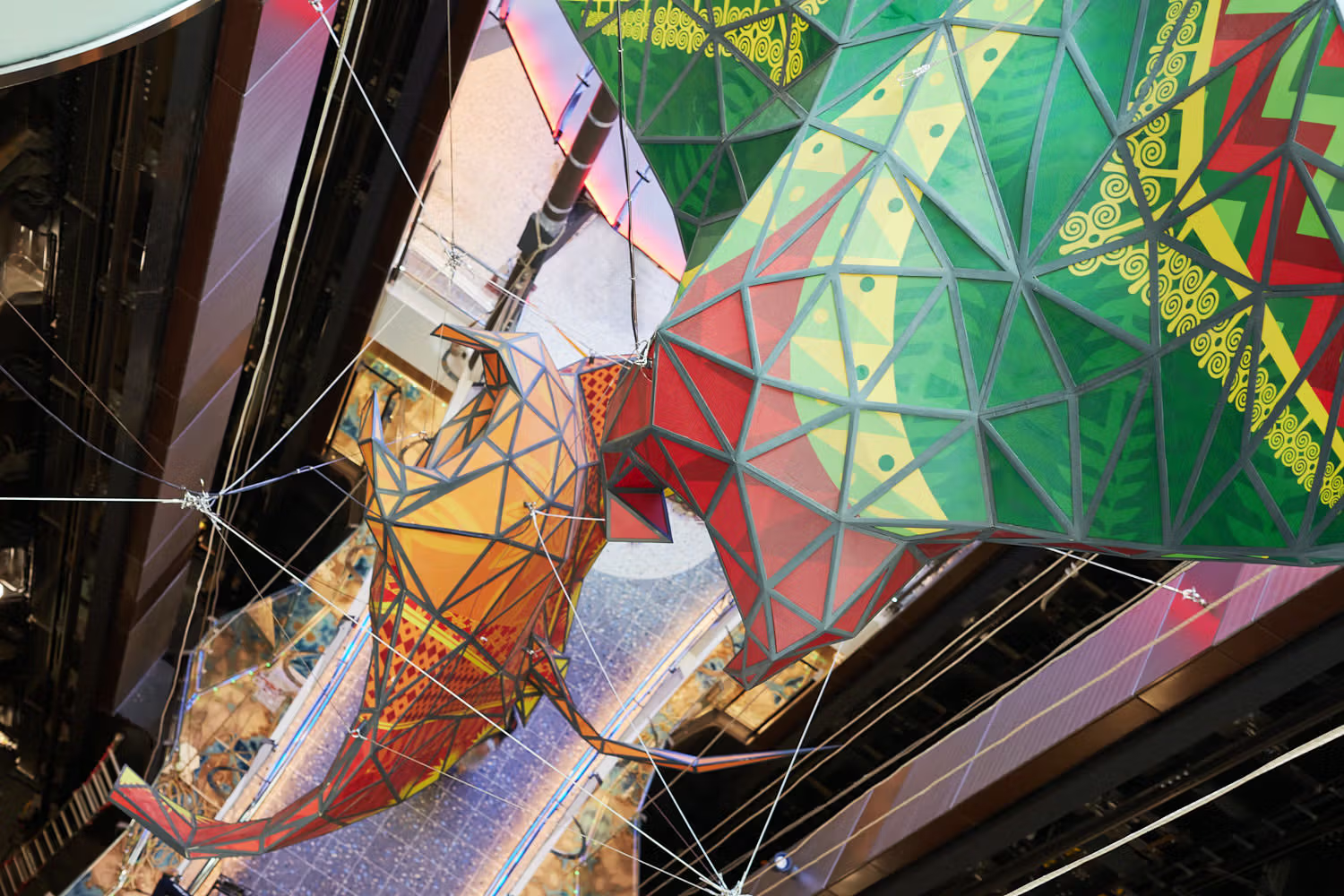
For Royal Caribbean’s Utopia of the Seas, these monumental manta ray sculptures were inspired by tribal tattoo traditions across the Caribbean islands. Surface patterns incorporate Taino motifs and colours unique to each island’s identity.

For Royal Caribbean’s Utopia of the Seas, these monumental manta ray sculptures were inspired by tribal tattoo traditions across the Caribbean islands. Surface patterns incorporate Taino motifs and colours unique to each island’s identity.

For the St. Regis Amman, this composition is layered with natural pigments, gold leaf, and abstract cartographic lines referencing Petra and Wadi Rum and features Arabian horses—symbols of nobility and lineage woven deeply into Jordanian identity. The result is a contemporary piece that bridges landscape, history, and cultural tradition.

For the St. Regis Amman, this composition is layered with natural pigments, gold leaf, and abstract cartographic lines referencing Petra and Wadi Rum and features Arabian horses—symbols of nobility and lineage woven deeply into Jordanian identity. The result is a contemporary piece that bridges landscape, history, and cultural tradition.
